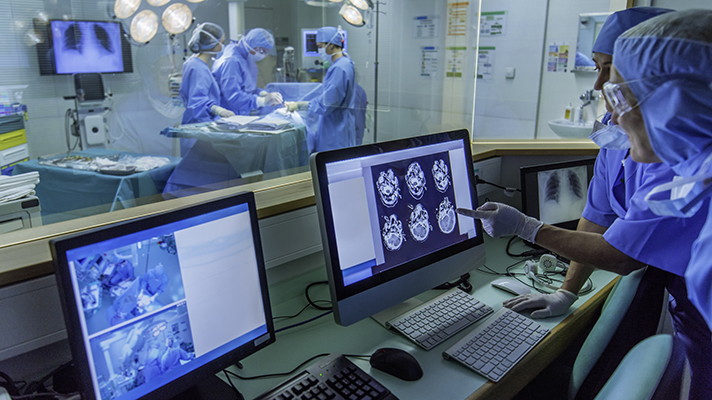In the realm of healthcare, hospitals stand as sanctuaries of healing, where cutting-edge technology converges with compassionate care to serve patients in need. Amid this dynamic environment, installations play a pivotal yet often overlooked role. From intricate wiring systems to state-of-the-art Tete de lit medical equipment, the infrastructure within hospitals forms the backbone that supports the delivery of quality healthcare.
The Evolution of Hospital Installations
Gone are the days when hospital installations simply comprised basic electrical fittings and plumbing. Today, these installations encompass a vast array of components, each serving a unique purpose in optimizing patient care and staff efficiency.
Technological Innovations
Advancements in technology have revolutionized hospital installations. Digitalized medical records have replaced traditional paper files, streamlining data accessibility and enhancing the coordination of care among different departments. Integrated systems now allow for real-time monitoring of patient vitals, ensuring prompt intervention in critical situations.
Energy-Efficient Solutions
Sustainability has become a key focus in hospital installations. Energy-efficient lighting, heating, and cooling systems not only reduce operational costs but also minimize the hospital’s environmental footprint. Solar panels, smart HVAC systems, and motion-sensing lights are among the innovations adopted to create more eco-friendly healthcare spaces.
Patient-Centric Designs
Installations are now designed with patient comfort in mind. From adjustable beds to ambient lighting, hospitals are increasingly embracing designs that promote a calming and healing environment. Incorporating artwork, green spaces, and natural lighting has shown positive effects on patient well-being and recovery rates.
Key Installations Shaping Healthcare
Medical Imaging Equipment
The cornerstone of diagnostic medicine, installations such as MRI machines, CT scanners, and X-ray equipment are indispensable in modern healthcare. These technologies enable accurate diagnoses and informed treatment plans, significantly improving patient outcomes.
Telemedicine Infrastructure
The recent surge in telemedicine has necessitated robust installations to support remote consultations. High-speed internet connections, video conferencing setups, and secure data transmission protocols are integral to the seamless operation of telehealth services.
HVAC Systems and Air Quality Control
In the wake of the COVID-19 pandemic, hospital installations focused on air quality gained prominence. Advanced HVAC systems equipped with HEPA filters and air purification technologies help mitigate the spread of airborne pathogens, ensuring a safer environment for patients and healthcare workers alike.
Challenges and Future Trends
Despite the strides made in hospital installations, challenges persist. Upgrading legacy systems, ensuring cybersecurity, and navigating the rapid pace of technological advancements remain constant concerns for healthcare facilities.
Looking ahead, the future of hospital installations holds promise. Innovations like the Internet of Medical Things (IoMT), wearable health devices, and AI-driven predictive analytics are poised to transform healthcare delivery further. Additionally, emphasis on modular designs and flexibility in installations will enable hospitals to adapt swiftly to evolving needs and medical breakthroughs.
Conclusion
In the intricate tapestry of healthcare, installations in hospitals serve as the silent architects of progress. From enabling precise diagnostics to fostering healing environments, these installations form the bedrock upon which modern healthcare stands.
